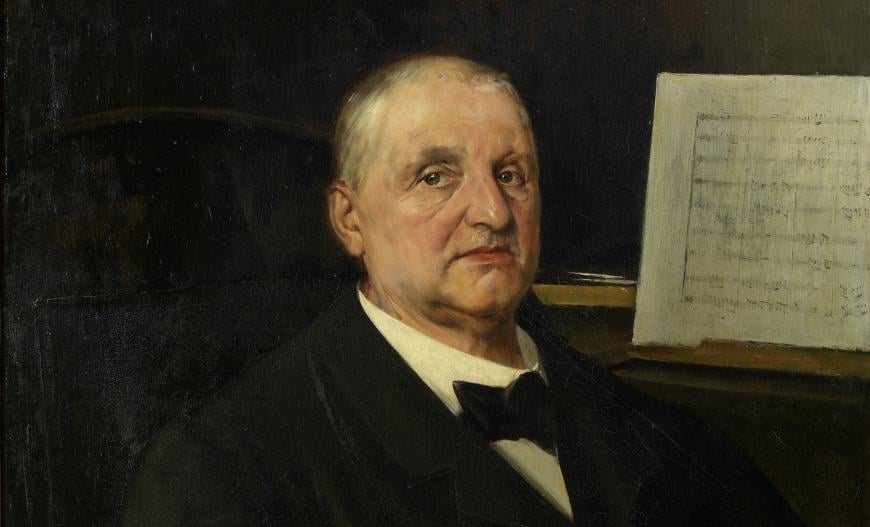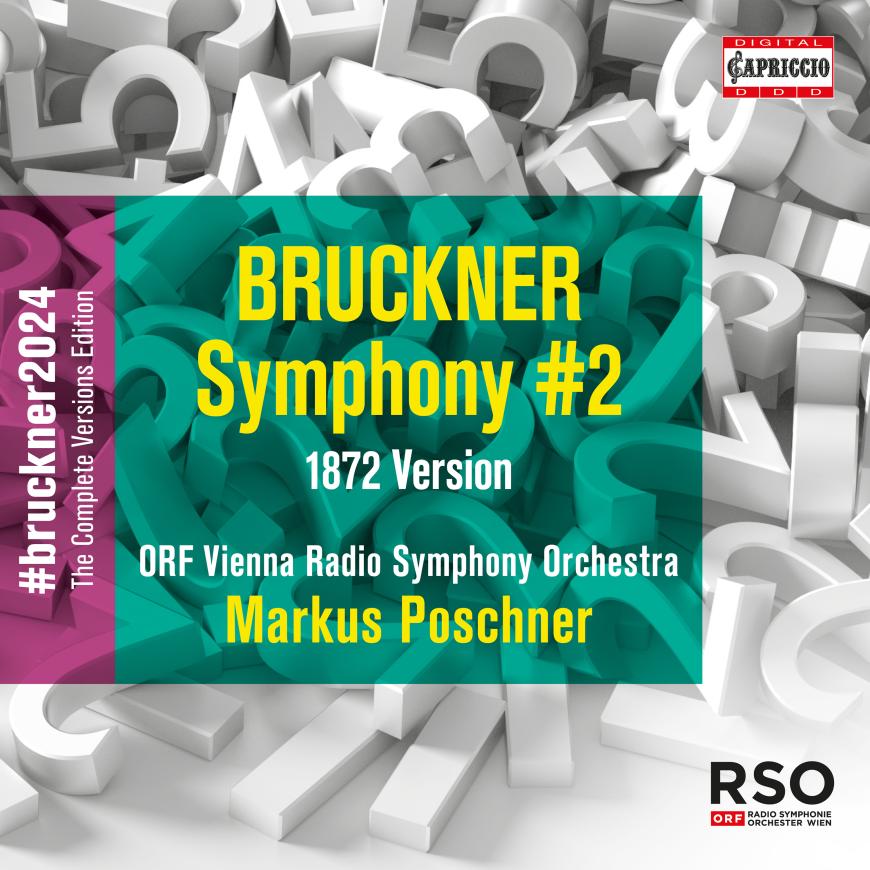
Even before the arrival this year of the 150th anniversary of Anton Bruckner’s birth, the big boxes of CD commemorations began to proliferate. Compilations of symphony cycles by Andris Nelsons with the Leipzig Gewandhaus Orchestra and Christian Thielemann with the Vienna Philharmonic appeared just before the holidays, both purporting to be complete. Nelsons’s set contained the Symphonies Nos. 0–9, throwing excerpts from Richard Wagner operas into the deal, and Thielemann went one up with the Symphonies Nos. 00–9. (Note: The 0 and 00 Symphonies are early works that are not part of the numerical canon, indicating that Bruckner and/or somebody else had a sense of humor).

In terms of completeness, neither of the above sets will have anything on the ongoing project that conductor Markus Poschner has undertaken for the Capriccio label — recording every published variant of every Bruckner symphony, dividing the assignment between the Vienna Radio Symphony Orchestra and the Bruckner Orchester Linz (Bruckner’s hometown). This edition, when completed, will encompass 20 performances, including multiple versions of Symphonies Nos. 2, 3, 4, and 8, plus alternate movements for Symphonies Nos. 3 and 4. It’s uncertain from the listing whether there will be conjecturally completed sketches for the unfinished Finale of Symphony No. 9.
The latest release in the project is the original 1872 version of Symphony No. 2 as edited by one of America’s leading Bruckner experts, William Carragan. This recording came out in February, following up on the release last September of Poschner’s recording of the more commonly done 1877 revision. “Common” is a relative term here because Bruckner’s Second is rarely played in the U.S. in any form.
Yes, there are differences, although some require thorough knowledge of the scores in order to detect. One of the more obvious contrasts is that the tempo markings for each movement are different. The 1872 first movement, Allegro, was slowed down to Moderato in 1877; the 1872 second movement, Adagio, speeds up a bit to Andante in 1877. The 1872 Scherzo, marked Schnell (Fast), becomes Mäßig schnell (Moderately fast) in 1877, and the Finale is Mehr schnell (More quickly) in 1872 and Ziemlich schnell (Pretty rapidly) in 1877. Poschner mostly follows Bruckner’s conflicting instructions in his performances, though there is hardly any difference in his basic tempo for the first movement of each version; indeed, his tempos are generally quite fast throughout every movement.
More noticeably, at Poschner’s speeds, the 1872 version is nine minutes longer than 1877. Bruckner made several cuts in the latter edition, knocking out all of the repeats in the Scherzo, cutting and adding a lot of material in the outer movements, and destroying the formal symmetry of the slow movement by deleting the first B section. He also eliminated several long pauses in the music; an early nickname for the piece was the “Rest” Symphony.
It seems that Bruckner would permit almost any amount of surgery to get his music performed, for good or ill. In the case of this symphony, the excisions and revisions make for a better, more cogent piece. The 1872 first movement takes too long to get to the point; there are too many detours. The second movement kind of lays there at its Adagio pace (although I like 1872’s mystical coda more), the Scherzo doesn’t need the repeats, and the Finale is less discursive in 1877.
Nevertheless, Poschner makes a really good case for the 1872 version with the Vienna RSO and an even better one for the 1877 version with the Linz orchestra, keeping things moving along, receiving excellent sound in both performances. Yes, Bruckner’s Second is a sleeper that ought to be programmed more often, but if you’re just discovering this music, try 1877 first, then see if you like 1872. The streaming platforms make comparisons easy.




